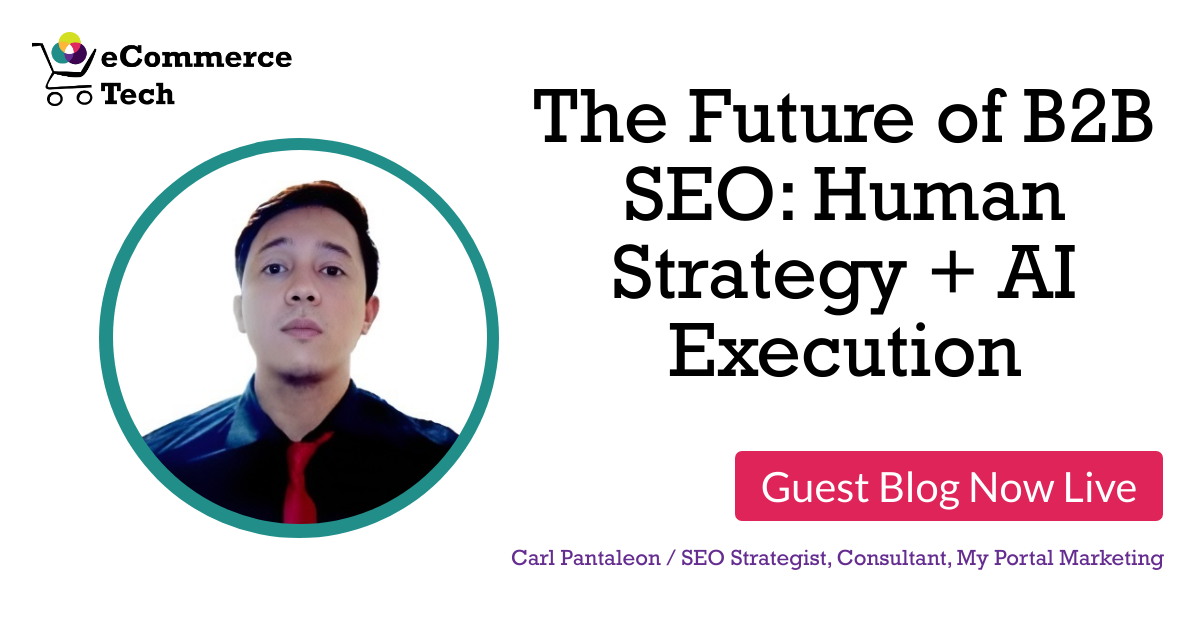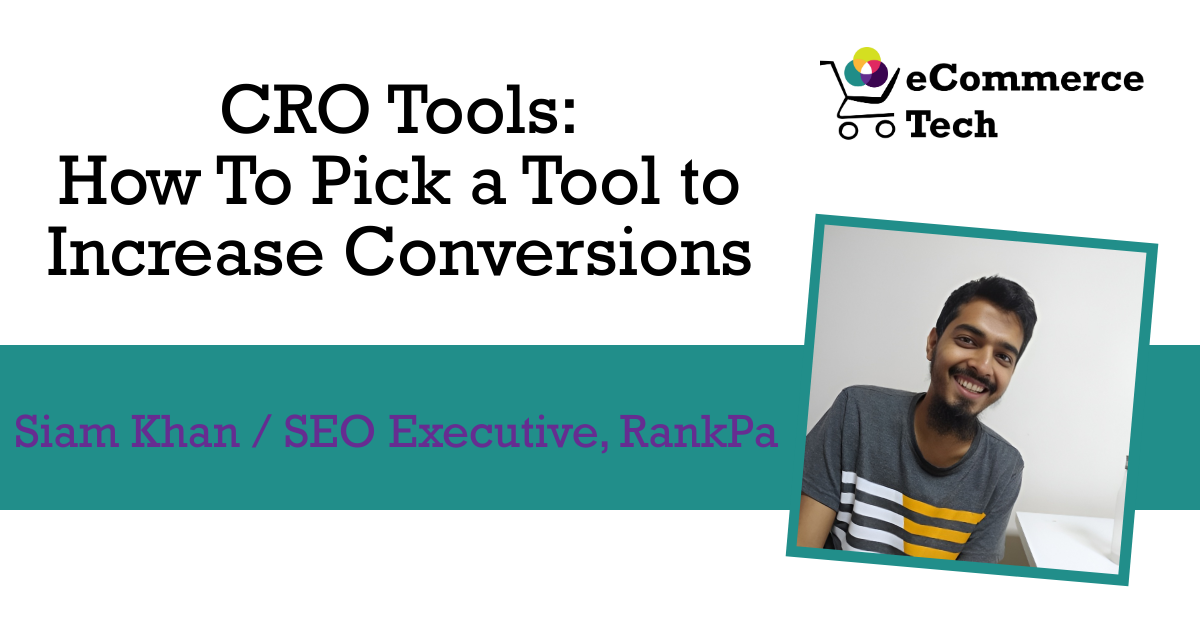eCommerce Tech: Rick, thanks for joining us. Can you tell us a bit about your business and the role tech plays?
Rick Curry: Absolutely. I’m the co-founder of two interior brands: House of Isabella, which operates in both the UK and Australia, and Tommy Franks, a newer design-led furniture brand focused on retail and wholesale. We’ve been building and scaling in the home sector for over 15 years now.
Tech underpins almost everything we do. From product discovery to inventory control and customer retention, we rely on a well-integrated stack to keep things running smoothly across both markets. For us, the goal has always been simplicity, scalability, and value for money. That’s how we’ve built something sustainable.
Our Tech Philosophy: Simple, Scalable, and Effective
eCommerce Tech: What principles guide the way you build your stack?
Rick: I keep it straightforward. Four main rules have guided us:
1. It must integrate well with Shopify Plus - we don’t have time to deal with patchwork systems.
2. It needs to be simple enough for the team to use confidently - training should be minimal.
3. Tools must deliver real ROI - if it doesn’t add value, we cut it.
4. It should scale with us - whether we're growing SKUs, channels, or regions.
Breaking Down the Stack
eCommerce Tech: Let’s talk tools. What’s currently powering your business?
Rick: Here's how we're set up today:
Shopify Plus
We upgraded to Shopify Plus for the improved B2B features, checkout customisation, and added stability. It's been worth the investment, especially as our wholesale and international operations have grown. The scalability is there, and the app ecosystem is still a massive win.
Shopify Payments + Clearpay
We run Shopify Payments for its ease of use and native reporting. Clearpay has been a valuable add-on - it’s helped increase conversion rates for customers buying higher-ticket items. Furniture is a considered purchase, and giving customers flexible payment options really helps.
Brevo (formerly Sendinblue)
We use Brevo for email, SMS, and push marketing. It’s cost-effective and allows us to keep everything in one place. Automations are easy to manage, and the integration with Shopify Plus makes it efficient to run personalised campaigns across the full customer lifecycle.
Zoho Desk + Sales iQ
Zoho Desk handles our structured support tickets, especially for trade customers and post-sale service. Sales iQ is great for live chat on-site - simple and fast. Together, they help us maintain a responsive, friendly customer experience.
GA4 + Shopify Analytics
We use GA4 to track acquisition and user journeys, while Shopify’s own analytics give us instant visibility into sales, top-performing SKUs, and inventory movement. We try to keep reporting lean and actionable.
SKUSavvy (under trial)
Now that we’ve taken warehousing in-house, we’re testing SKUSavvy to manage barcoded inventory, location tracking, and inbound container shipments. Our setup needs to be intuitive - we're not Amazon, but we want accuracy and visibility.
SEMrush + Google Search Console
SEO has been a core strategy for us. SEMrush helps guide our content planning and monitor keyword rankings, and Search Console gives us the live organic data we need. Together they’ve helped drive solid, long-term growth - particularly in the UK.
What We've Learned
eCommerce Tech: Any lessons from your experience that other founders should hear?
Rick: Definitely.
- Keep the stack lean. Too many tools get in the way.
- Involve your team. If they don’t use it, it’s not worth having.
- Revisit performance quarterly. If a tool’s not moving the needle, cut it.
- Prioritise support. Tools with decent customer service can save you hours.
We’ve made mistakes - from overpaying for platforms we didn’t need, to relying too much on a single channel - but we’ve learned and streamlined.
What's Next?
eCommerce Tech: What does the future look like for your tech stack?
Rick: We’re working on a few exciting additions:
- An AI-powered room visualiser so customers can see how our furniture looks in their space
- Better fulfilment tracking that keeps customers updated automatically
- Deeper B2B features using Shopify Plus - especially customer-specific pricing and quick reordering
Final Thoughts
eCommerce Tech: If you could give one piece of advice to brands building a tech stack, what would it be?
Rick: Don’t get distracted by what’s new. Focus on tools that make your business better - for your team and your customers. And make sure everything integrates cleanly. It’s easy to overcomplicate things, but simplicity is what actually scales.
Co-Founder, House of Isabella Ltd & Tommy Franks Ltd








